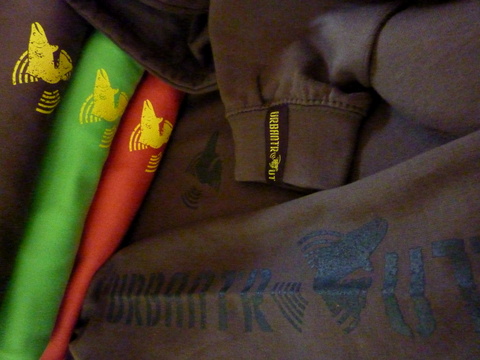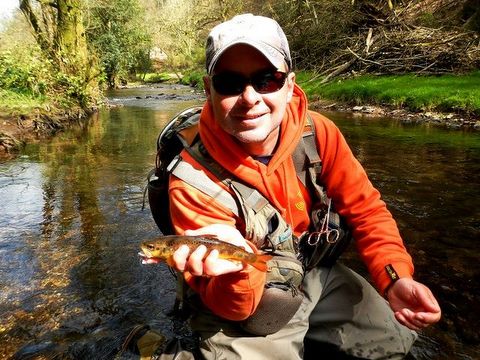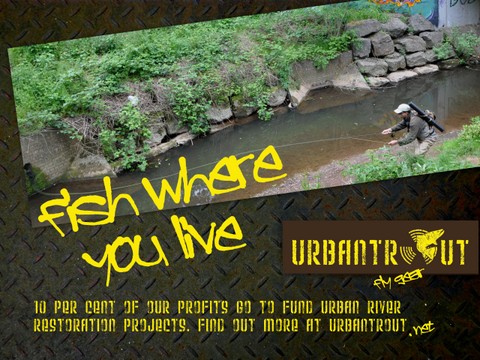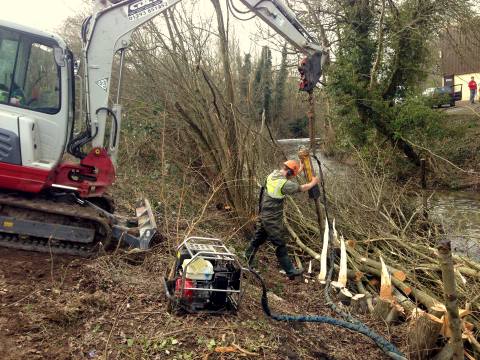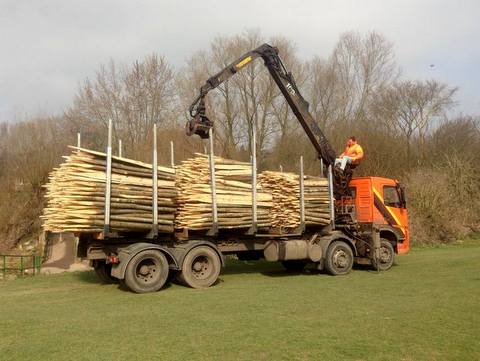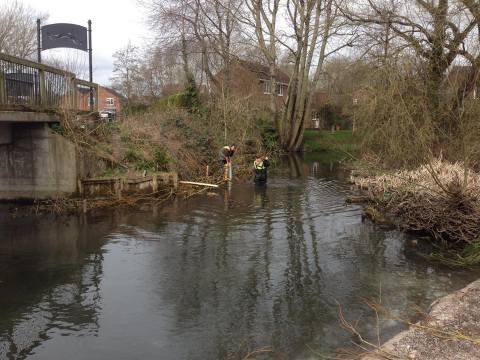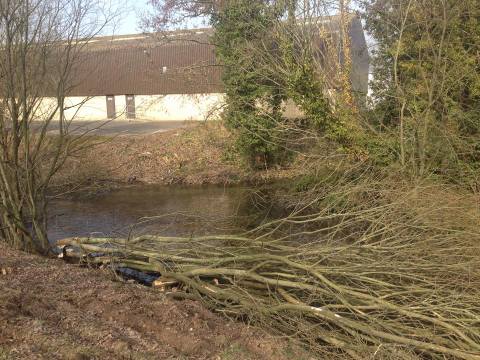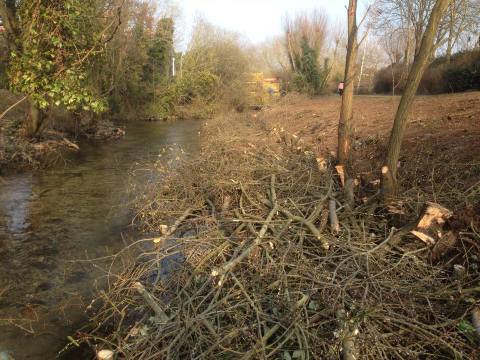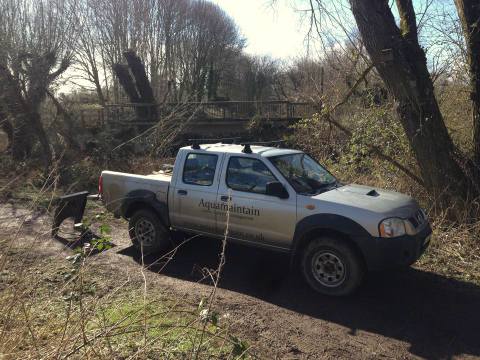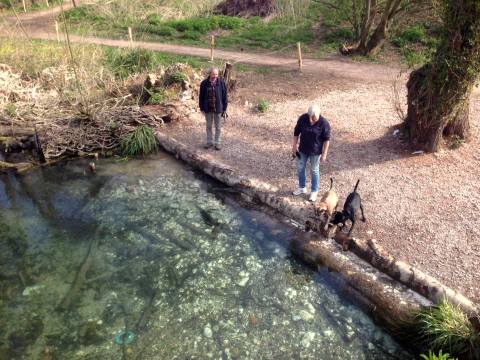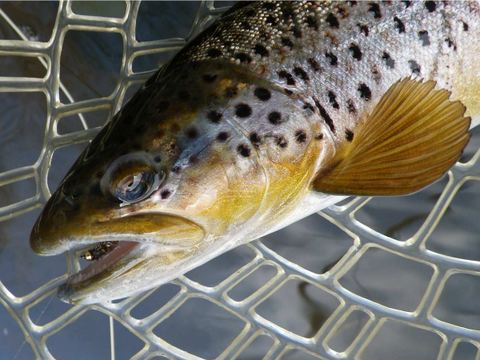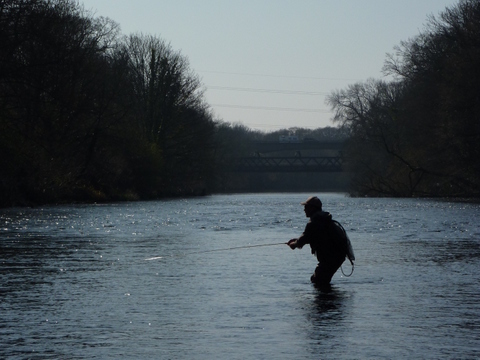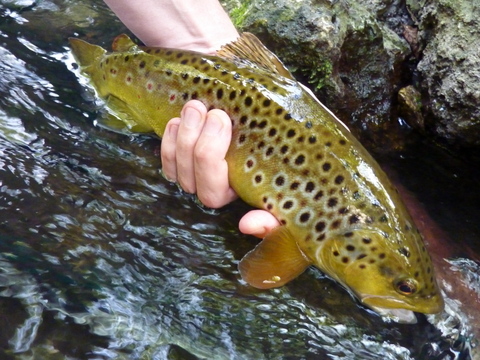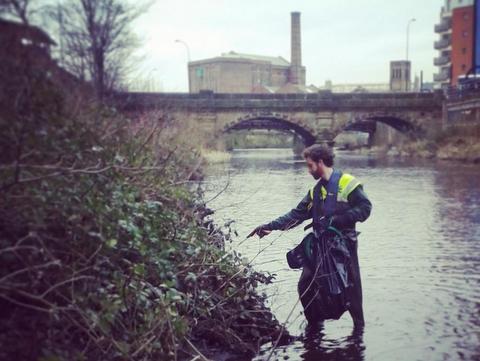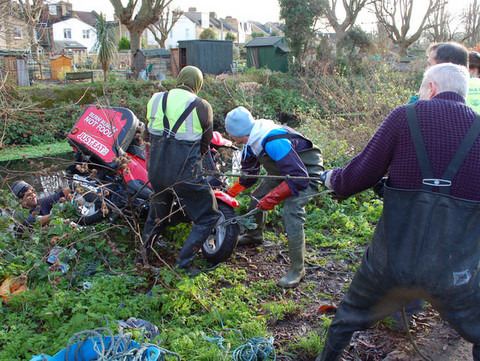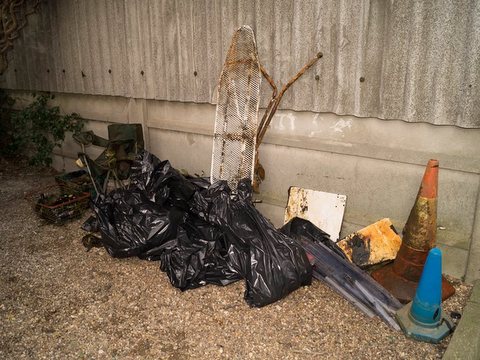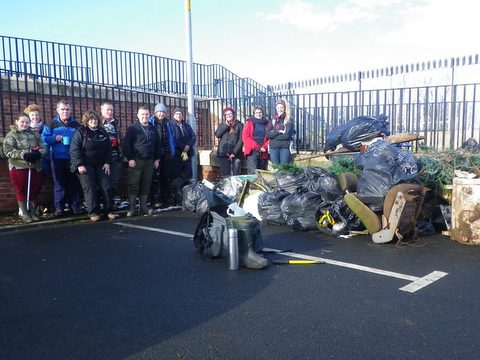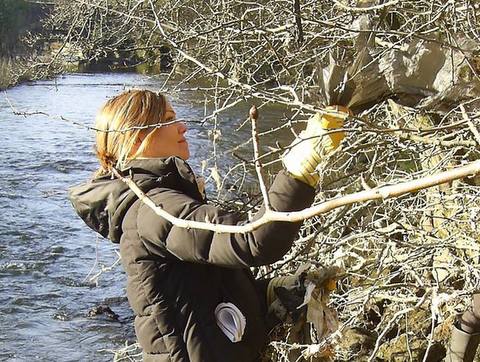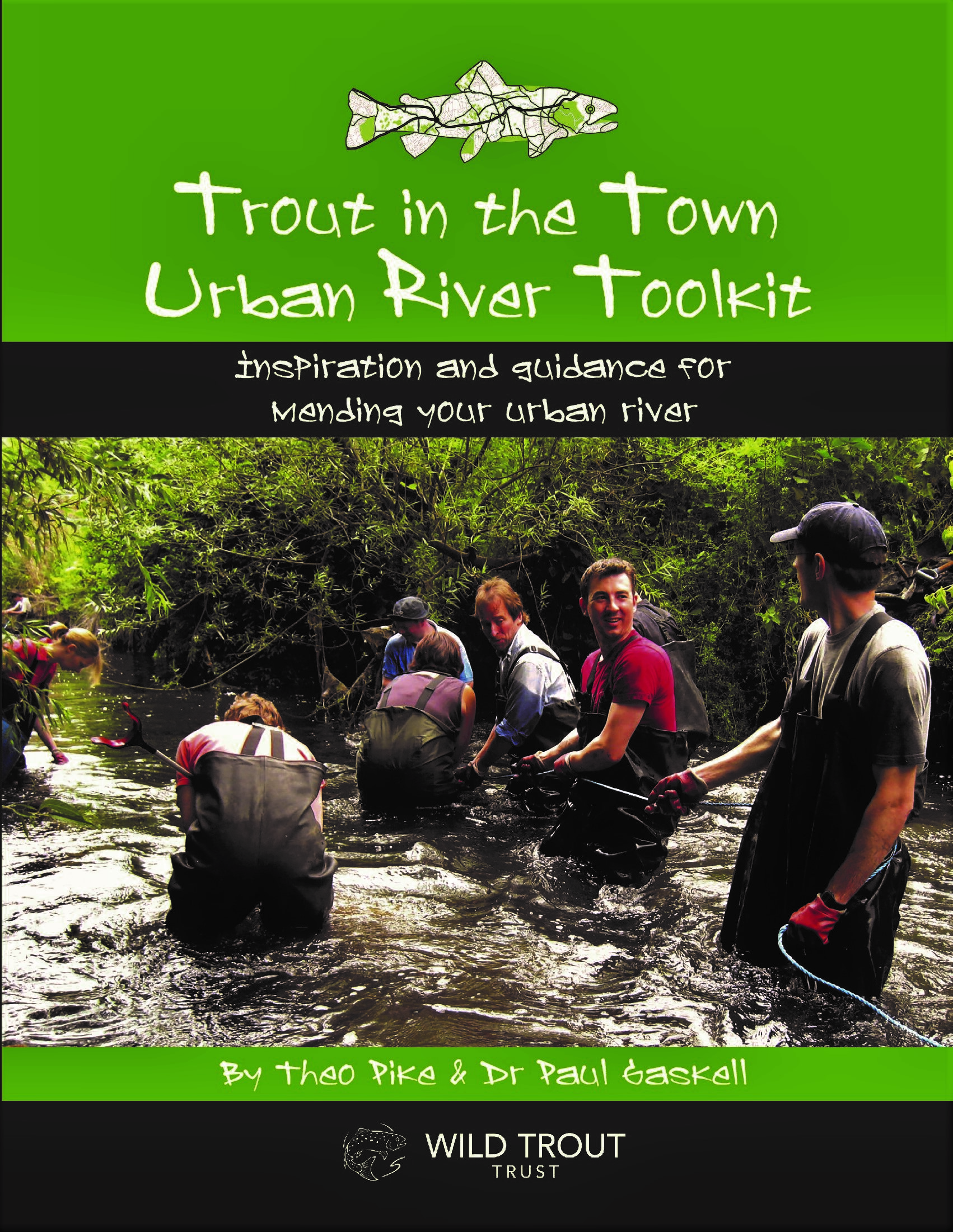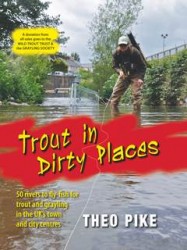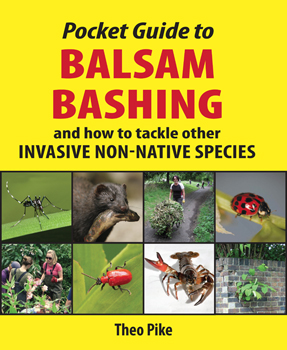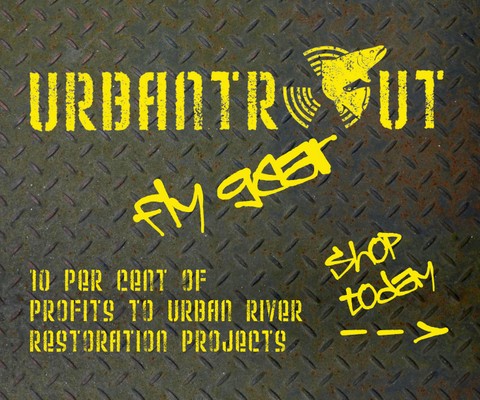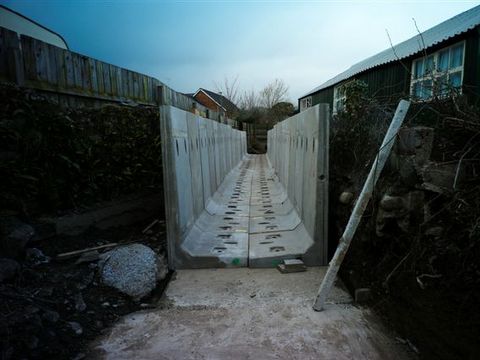
So what happens when the very modern curse of got to spend your project funding by the end of this financial year collides with the last, semi-fossilised remnants of the 1960s-era if it moves, concrete it over approach to flood risk management?
This, apparently.
At the end of 2013, according to the BBC, the Welsh government granted Conwy Council more than £600,000 towards a flood defence project on a small but vital spawning tributary of the River Conwy in Llanwrst (total project value: a staggering £711,000) on condition that the money was spent by April 2014.
To make the most of this very short funding window (and with local authorities like Conwy Council now the ‘consenting authorities’ for non-main channel river works across Wales) Natural Resources Wales apparently decided to take a ‘pragmatic view’ of an ‘exceptional case’, offering repeated advice and even providing fish rescues for hundreds of juvenile trout, salmon and eels, but ultimately failing to exercise their obligation to improve and protect the natural environment.
While most of the rest of the world is carefully restoring its hardened urban rivers, Conwy Council gave us all a masterclass in going the other way…
… diverting the stream’s flow down a temporary plastic pipe, right in the middle of trout and salmon spawning season …
… spending at least 4 months dredging out around 240m of bankside trees and vegetation, as well as most of the gravels …
… pouring in concrete footings …
… and finally covering it all in the kind of cast concrete slabs you’d expect to see lining a motorway’s central reservation.
Former local NRW fisheries officer Pierino Algieri tells us that the Afon Cae Person (also known as the Afon Cae’r Groes, but so small that it’s officially un-named) has no significant history of flooding, apart from one brief blockage of a culvert near its confluence with the Conwy, which had previously been replaced without further incident.
Worse still, according to this open letter from the S&TA, several sea trout redds were identified in gravels which were then removed, in blatant breach of all possible environmental legislation.
Thanks to a rising firestorm of media coverage, NRW and Conwy Council have now agreed to remediation measures, and urban river restoration guru Paul Gaskell is booked to undertake a survey in a couple of weeks’ time, at the invitation of the local angling club. (Rocks, resin and gravel may suggest some kind of answer, for fish passage at least… and there’s a school further upstream which could provide educational opportunities for the next generation… but Paul reminds us that even the best Wild Trout Trust-endorsed restoration work can only ever mimic what was lost to the dredgers in the first place).
In times of austerity when even hardcore Somerset dredging fans are now starting to talk about whole-catchment water management, the fate of the Afon Cae Person is a small but spectacular reminder that nothing up to and including the European Water Framework Directive and its ‘no deterioration’ clause can always save us from holdout remnants of the ‘gotta concrete it all’ brigade.
Yet despite all this, we’d still like to believe there’s a ray of hope at the end of this long, barren, semi-impassable culvert.
20, 10, maybe 5 years ago, the casual destruction of a tiny urban stream wouldn’t even have got into the local news. Today, it’s triggering questions in the Welsh Assembly and headlines on the BBC – a working measure of how far our public cultural and environmental consciousness has come in just a couple of decades.
So, Natural Resources Wales and Conwy Council, get mending… and maybe ask the Welsh government to reconsider your funding parameters too? The eyes of the global river restoration movement are watching.
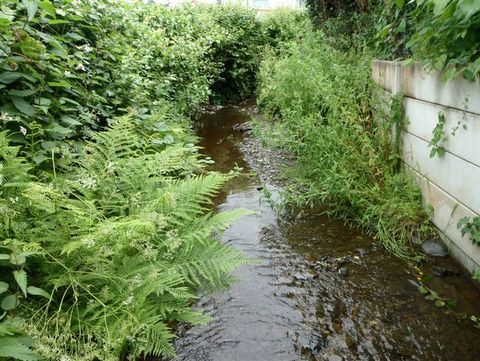
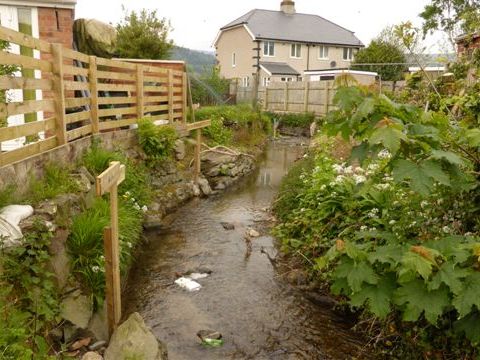
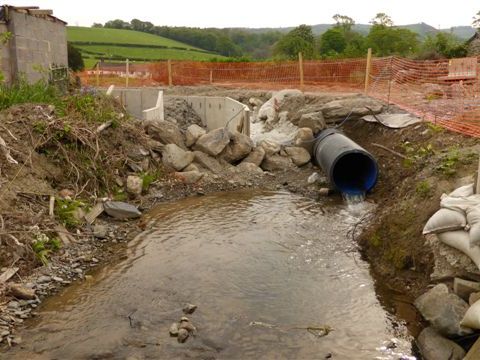
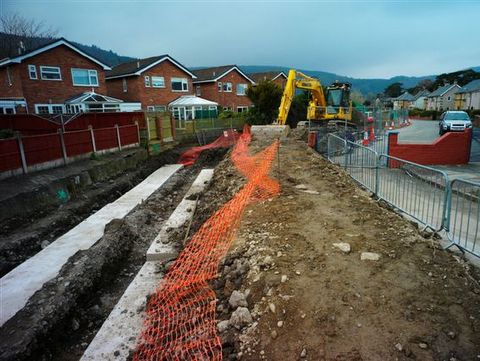
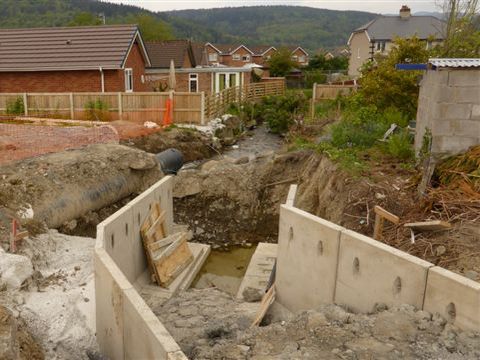
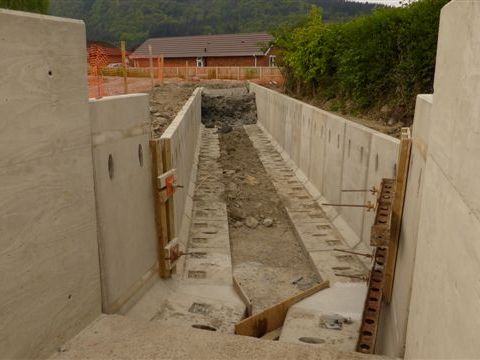
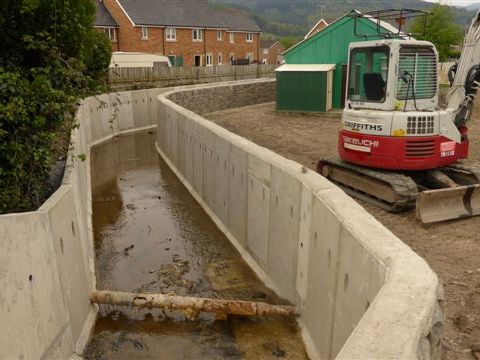
(All photos: Pierino Algieri)
Tags: Afon Cae Person, Llanwrst, Salmon, Trout, Urban river restoration, Urban rivers




